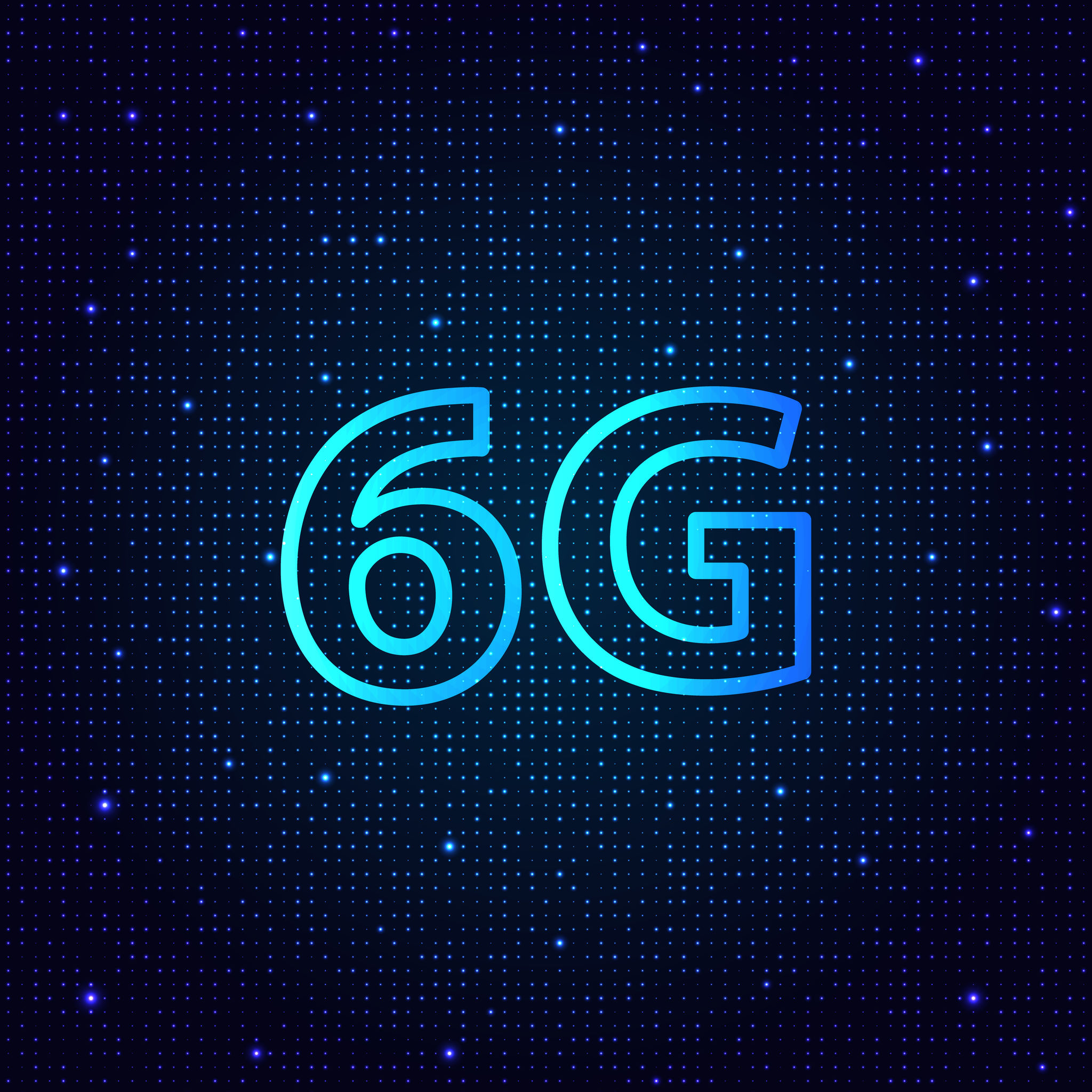Verizon and Amazon Web Services have added two more 5G mobile edge compute (MEC) cities: Dallas and Miami. This brings the total cities to seven, including Atlanta, New York, Washington, DC, Boston and the San Francisco Bay Area. The partners are still on track to have Verizon’s 5G Edge deployed in 10 cities by year end.
But, perhaps more interesting than just naming a couple new cities is the fact that Verizon and AWS are now working with some cellular-vehicle-to-everything (C-V2X) companies to test some autonomous vehicle applications, using the Verizon 5G MEC service.
The service uses AWS Wavelength to embed compute and storage functionality at Verizon’s 5G Edge. This shortens the roundtrip that data needs to travel, increasing data speed and lowering latency.
RELATED: Verizon and AWS bring mobile edge compute to 3 more cities
The partners today provided some real-world examples of companies they’re working with to apply 5G and MEC. The trials used Verizon’s 5G Ultra Wideband network, using the 28 and 39 GHz mmWave spectrum bands.
In one trial they worked with Renovo, a company that provides software that indexes vehicle data in real time to create safety features such as alerts for vehicles in situations where cars are unexpectedly braking.
They recently conducted a demonstration where they outfitted a vehicle with a Verizon 5G modem and Renovo’s data management platform. The also installed about 100 sensors on the vehicle, including Lidar equipment and camera sensors. Lidar stands for Light Detection and Ranging, and it’s a sensing method that uses light in the form of a pulsed laser to measure ranges.
Through an onboard computer, Renovo’s platform processes and indexes all the data. The software works not only on the vehicle, itself, but also on the MEC application platform.
“Eliminating the cloud structure means that you’re decreasing the amount of time it takes for a vehicle to receive a message and to send a message, said Verizon’s Head of Emerging Vehicle Technology Anthony Magnan, in a YouTube video about the demonstration.
Renovo worked with Verizon to trial a “hard-braking event,” in which one car was following another. When the first car slammed on its brakes, a message was sent to the second car alerting the driver that he too, better hit the brakes.
In a second example, Verizon and AWS worked with Savari, another company that provides warning information to drivers and pedestrians in near real-time. Savari connects vehicles with one another and with infrastructure.
It also worked with Verizon’s 5G network and AWS’s edge compute to demonstrate how a chain-reaction car accident could be avoided.
“As we work together on the next generation of infrastructure hardware and software, we are enabling the intelligent transportation systems of the future in which vehicles will see around blind corners and intersections; avoid vulnerable road users like pedestrians and bicyclists; instantly react to emergencies via 360-degree awareness of the traffic grid; and share unsafe road conditions with other vehicles in real time,” said Ravi Puvvala, CEO at Savari, in a statement.
Autonomous vehicles
With 5G, the hope is that it will one day be able to support autonomous driving. But these initial trials are a long way from that aspiration. And a lot of the work involves the cars, themselves.
This week, Honda said it will be the world’s first automaker to mass produce sensor-packed level 3 autonomous cars that will allow drivers to let their vehicles navigate congested expressway traffic, according to Reuters.
Reuters explained that there are six levels of vehicle autonomy, from 0 to 5, ranging from simple cruise control to fully self-driving vehicles that would not need steering wheels, or brake and acceleration pedals.













